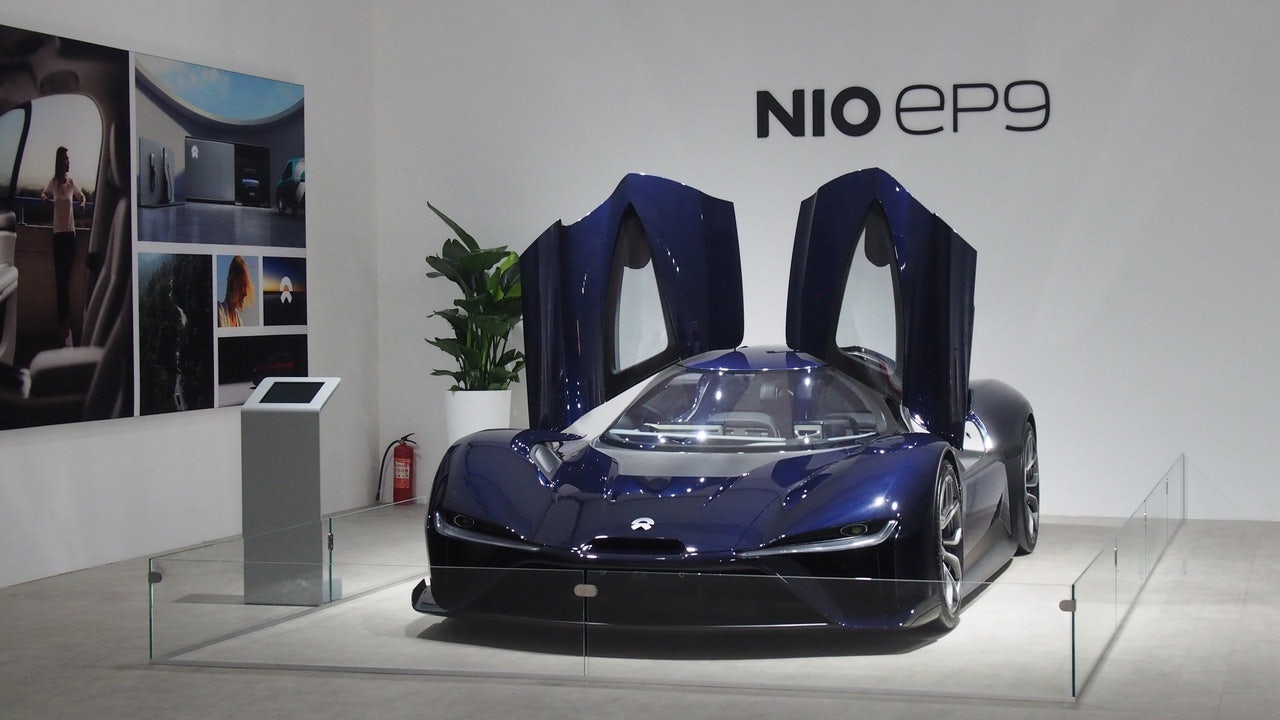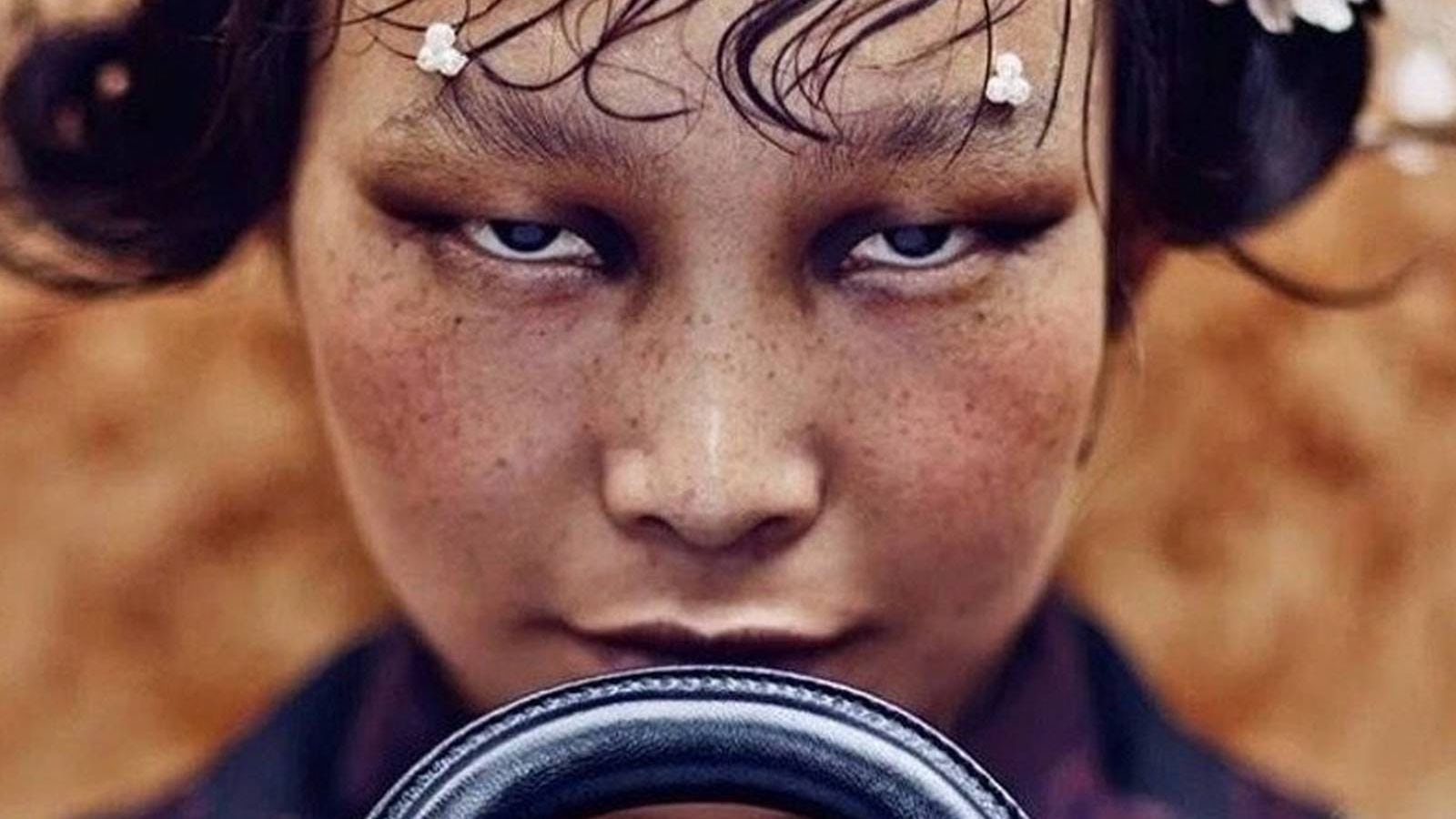Key Takeaways:#
- Health is a huge trend in China that defines many purchase choices, such as replacing mechanical watches with smartwatches and other connected fitness devices.
- China’s fast transition to sustainable alternatives can also be seen in its car industry, which is now number one in electric cars, both in the number of brands and customer demand.
- Western brands must focus on accepting cultural differences between countries and regions and spend effort training organizations to overcome cultural biases.
We all have our biases. When you live in the United States, as I do, you realize how 90 percent of news focuses on domestic issues. But the same also happens in Europe, Japan, India, or China. We tend to overrate what happens in our vicinity and underestimate what happens elsewhere.
In a recent discussion with a leading luxury conglomerate, such perception biases became a topic, as did their implications for global luxury brands. In short: From the perception of some European company leaders, China seemed uninterested in sustainability and diversity. But is this accurate? The former perception was triggered by the high pollution levels in some Chinese megacities, while the latter came from the country's recent advertising ban on men with feminine traits.
So, are their perceptions correct? Let’s start with sustainability. Contrary to the beliefs of many, the demand for natural, organic, and sustainably-sourced products in China has never been higher, especially in the luxury space. Patrick Kaminski, the founder of Orghive, a leading digital organic platform in Asia, confirmed as much by saying, “sustainability and healthy choices are what luxury customers are looking for in China. The desirability of products of the highest quality is unprecedented. And consumers don’t compromise anymore on traceability and origin of ingredients to the smallest detail.”
Health is a massive trend in China that defines choices like replacing mechanical watches with smartwatches and other connected fitness devices because many Chinese want to stay abreast of data on topics like local pollution levels via instant notifications. While this has been apparent for a while now, most traditional watchmakers still haven’t responded to this trend, which has taken a huge toll on many watchmakers.
Anecdotal evidence from discussions with some of the leading fashion brands in China suggests that today, many consumers challenge store staff about every detail surrounding sustainability: sourcing, bag production, labor, and more. And if they cannot provide a satisfactory answer, many customers will turn around and leave those stores. Many brands still aren't prepared for this relatively new reality where customers do not just talk about sustainability but also act on it.
This fast transition to sustainable alternatives can also be seen in China's car industry, which is now number one in electric cars, both in the number of brands and customer demand. As the fastest-growing segment in the entire car industry, we have seen many electric car players trigger extremely high valuations of late.
Meanwhile, traditional luxury car brands are risking their market positions by failing to adjust to this new reality. Chinese brands, on the other hand, are not only launching many more electric vehicles; they also lead in the production of tech-driven user interfaces and immersive digital experiences. Chinese car brands may not have infiltrated the luxury field yet, but their success in the premium segment — especially the Nio — should make traditional brands nervous about what is to come.
The topic of diversity is a more complex one. I recommend brands focus on accepting the cultural differences between countries and regions and spend effort training organizations to overcome cultural biases.
This step is critical. When Western brands want to sell to Chinese consumers, understanding a culture's differences and having empathy and compassion for it is crucial. Over the last year, many brands had to find out — the hard way — what it costs to make cultural mistakes. The economic fallout can be massive. And in a lot of the training and masterclasses I lead, I see how many managers struggle to keep up to speed with China's pace of change and cultural needs in China.
Clearly, local consumers will only desire a brand if they respect and feel valued by it. In this case, diversity means building an organization with the right mindset to make cultural differences and cultural empathy a competitive advantage.
While the importance of China to the luxury industry has grown significantly and will continue to do so over the decade, this game is getting more complex. To be successful, luxury brands must pay attention to shifting customer sentiment, increased expectations, and the different purchasing preferences of Chinese consumers. And, whether they believe it or not, sustainability, diversity, and cultural sensitivity are all key enablers.
This is an op-ed article and reflects the views of the author and does not necessarily represent the views of Jing Daily.
Daniel Langer is CEO of the luxury, lifestyle and consumer brand strategy firm Équité, and the executive professor of luxury strategy and extreme value creation at Pepperdine University in Malibu, California. He consults some of the leading luxury brands in the world, is the author of several luxury management books, a global keynote speaker, and holds luxury masterclasses in Europe, the USA, and Asia. Follow @drlanger



